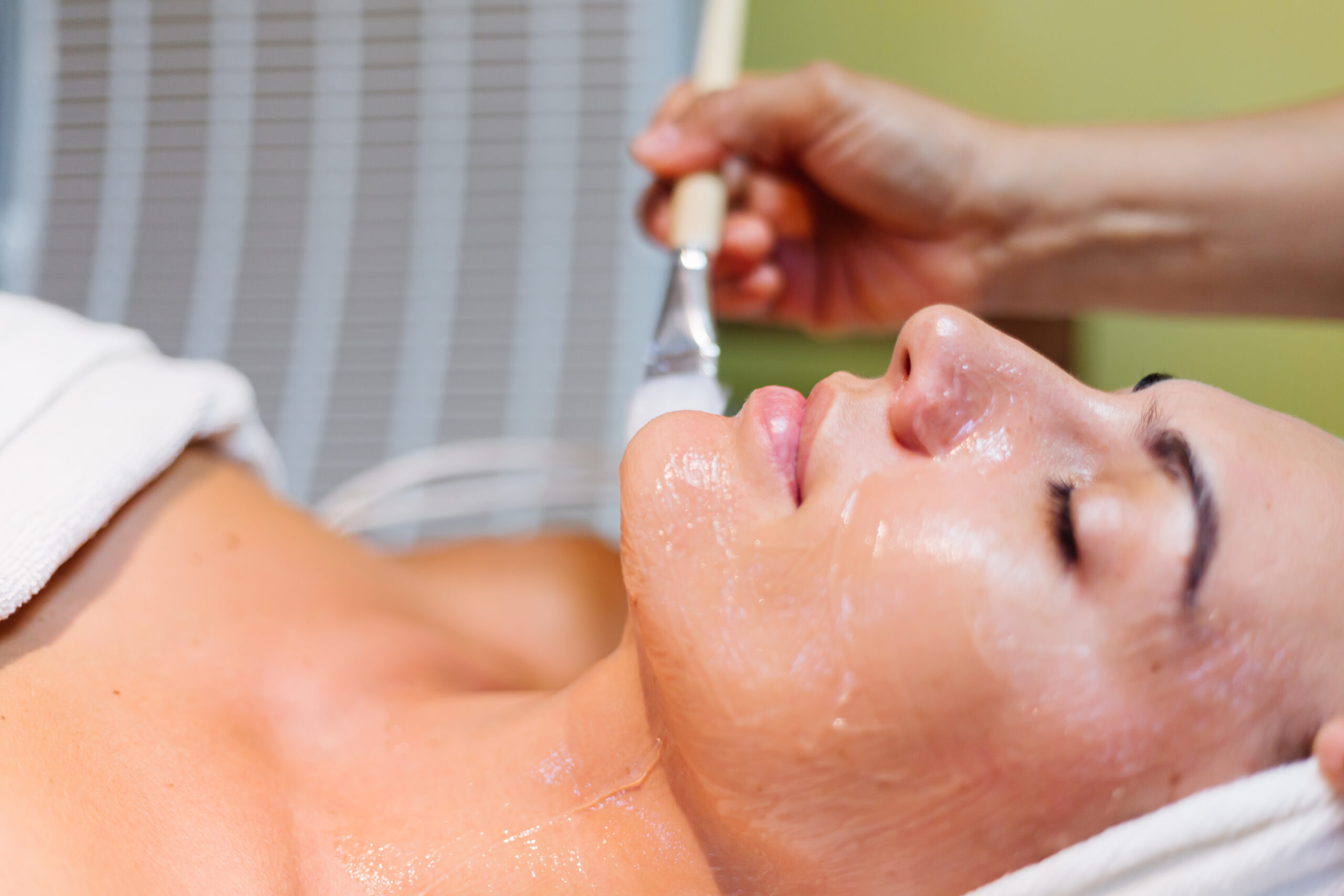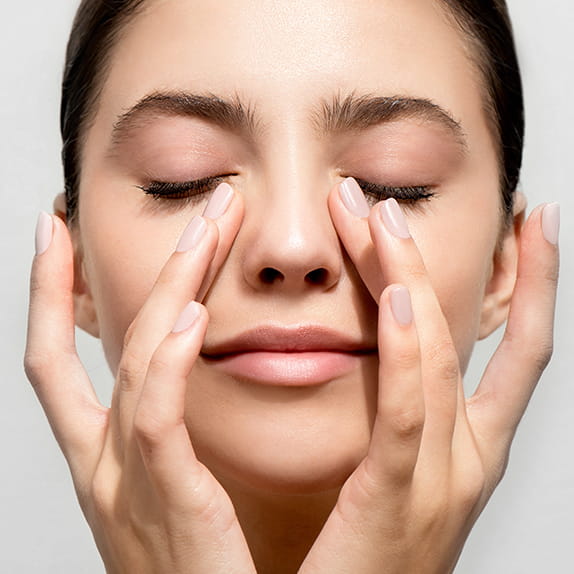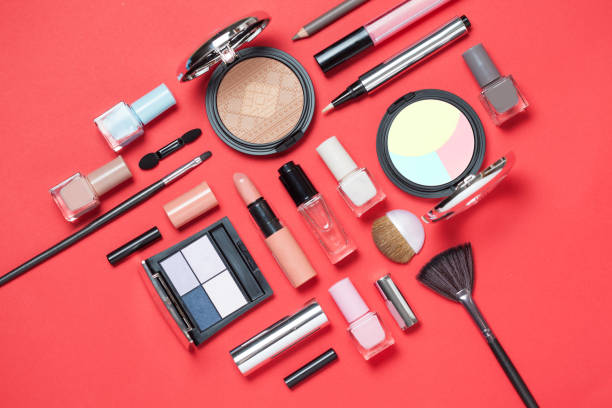The Science of Chemical Peeling Treatment: How It Works and What to Expect
Chemical peeling is a popular skincare treatment designed to improve the appearance of the skin by removing damaged outer layers. Whether you’re dealing with acne scars, fine lines, sun damage, or uneven skin tone, chemical peels offer a non-invasive solution that can refresh and revitalize the skin. In this article, we will explore the science behind chemical peeling, how it works, the different types of chemical peels, and what you can expect from the procedure.
What Is Chemical Peeling?
Chemical peeling is a dermatological procedure that uses a solution of chemicals to exfoliate the skin, causing it to shed its outermost layer. The treatment is designed to improve skin texture, reduce blemishes, and stimulate the production of new skin cells. Chemical peels can be used on various parts of the body, but they are most commonly performed on the face, neck, and hands.
The solution applied during a chemical peel can vary in strength, depending on the type of peel and the condition being treated. Peels can be categorized into three main types: superficial (light), medium, and deep.
The Science Behind Chemical Peeling Treatment
Chemical peels work by applying a chemical solution to the skin, which causes the outer layers to exfoliate and peel off. This exfoliation process stimulates the body’s natural healing response, encouraging the growth of new, healthier skin cells underneath. The depth of the peel depends on the strength of the chemical solution used.
1. Superficial Peels (Light Peels)
Superficial chemical peels are the mildest type of peel. They use gentle acids, such as alpha hydroxy acids (AHAs) or beta hydroxy acids (BHAs), to exfoliate the outermost layer of the skin, also known as the epidermis. These peels are typically used to treat minor skin issues like dullness, mild acne, and slight discoloration. A superficial peel is usually performed in a dermatologist’s office and requires minimal downtime.
2. Medium Peels
Medium peels, often using trichloroacetic acid (TCA), penetrate deeper into the skin than superficial peels. These peels are used to treat more noticeable skin imperfections like moderate acne scars, sun spots, or wrinkles. Medium peels cause more skin shedding and require a slightly longer recovery time compared to light peels.
3. Deep Peels
Deep chemical peels, which use stronger acids like phenol, penetrate the deeper layers of the skin to address more significant skin issues such as deep wrinkles, severe sun damage, and deep acne scars. This type of peel can provide dramatic results but requires a longer recovery period and may involve more side effects, such as redness and swelling.
Common Ingredients in Chemical Peels
Chemical peeling treatment use various ingredients, each serving a different purpose based on the peel’s strength and target concerns. Below are some common ingredients:
- Alpha Hydroxy Acids (AHAs) – These are water-soluble acids, commonly derived from fruits (like glycolic and lactic acid), and are primarily used in superficial peels to exfoliate the skin and improve texture.
- Beta Hydroxy Acid (BHA) – Salicylic acid is the most common BHA, known for its ability to penetrate pores and reduce acne and blemishes.
- Trichloroacetic Acid (TCA) – Used in medium-depth peels, TCA works well for treating fine lines, pigmentation issues, and moderate acne scars.
- Phenol – A strong acid used in deep chemical peels to treat severe skin imperfections. Phenol peels provide significant skin resurfacing but may involve longer recovery times.
How Does Chemical Peeling Treatment Work?
The process of chemical peeling involves the application of the chemical solution to the skin, which then interacts with the skin cells. This interaction leads to the breakdown of the outer skin layers and the creation of new skin cells. Here’s how it works in steps:
- Cleansing – The skin is first thoroughly cleansed to remove any dirt, oils, and makeup. This step ensures that the chemical solution can penetrate the skin effectively.
- Application of the Chemical Solution – A specially formulated chemical solution is applied to the skin. Depending on the type of peel, the solution may be left on the skin for a few minutes before it is neutralized.
- Exfoliation and Peeling – As the solution works, it causes the outer skin layers to exfoliate and peel away. This process may take several days, depending on the strength of the peel and the depth of exfoliation required.
- Healing and Regeneration – After the peeling process, new skin cells begin to regenerate. This leads to smoother, clearer, and healthier-looking skin.
What to Expect Before, During, and After a Chemical Peel
Chemical peels are generally safe when performed by an experienced dermatologist. Here’s what you can expect before, during, and after the procedure:
Before the Peel
Before undergoing a chemical peel, a consultation with a dermatologist is essential. During this consultation, the dermatologist will assess your skin type, discuss any skin concerns you may have, and determine which type of peel is most appropriate for your needs. You may be asked to avoid certain skincare products, such as retinoids or exfoliants, for a few days before the procedure.
During the Peel
The treatment is performed in a clinical setting, and the duration of the procedure depends on the type of peel. For a superficial peel, the process can take anywhere from 20 minutes to an hour. Medium and deep peels may take longer. You may feel a slight tingling or stinging sensation when the solution is applied, but this is generally tolerable.
After the Peel
The recovery time varies based on the depth of the peel. For light peels, you can typically return to your daily activities immediately, although your skin may appear slightly red or irritated. Medium and deep peels require a longer recovery period, with potential side effects like redness, swelling, peeling, and dryness lasting for several days to a week. It is essential to follow aftercare instructions, including avoiding sun exposure, using gentle skincare products, and applying moisturizer to help the healing process.
Benefits of Chemical Peeling Treatment
Chemical peels offer a range of benefits for different skin concerns. Some of the most notable benefits include:
- Improved Skin Texture and Tone: Regular chemical peels can help refine the texture of the skin, reduce rough patches, and give the skin a smoother, more radiant appearance.
- Reduction of Acne and Acne Scars: Peels that use salicylic acid (BHA) are particularly effective at reducing acne and preventing future breakouts by unclogging pores and reducing inflammation.
- Reduction of Fine Lines and Wrinkles: Medium and deep chemical peels can help reduce the appearance of fine lines and wrinkles by promoting the production of collagen and elastin.
- Treatment for Pigmentation Issues: Chemical peels can help fade dark spots, age spots, and melasma by removing the upper layers of pigmented skin.
Risks and Side Effects of Chemical Peels
While chemical peels are generally safe, there are some potential risks and side effects to be aware of. These include:
- Redness and Irritation: Some redness and irritation are common, especially after deeper peels. This should subside within a few days.
- Skin Sensitivity: After a peel, the skin may become more sensitive to the sun, so it’s crucial to wear sunscreen to protect the skin from further damage.
- Scarring: While rare, improper application of the chemical peel or an allergic reaction to the solution can lead to scarring.
- Infection: In some cases, infections can develop after a deep peel, though this is highly uncommon if proper aftercare instructions are followed.
Conclusion
Chemical peeling treatment is an effective and non-invasive solution for a variety of skin concerns, ranging from acne scars to sun damage. The treatment works by exfoliating the skin and stimulating new cell growth, which can result in smoother, clearer, and more youthful-looking skin. Whether you opt for a light peel or a deep peel, it’s important to choose a reputable dermatologist to ensure the treatment is performed safely and effectively.
If you’re looking for professional chemical peeling treatments, you can consider consulting a trusted clinic like Adore Skin Clinic in Andheri, Mumbai, where experts provide customized skincare solutions based on your unique skin type and concerns.
With the right care and aftercare, chemical peels can be a powerful tool in achieving healthy, glowing skin, and with multiple options available, there is likely a peel that fits your skincare needs.














Post Comment